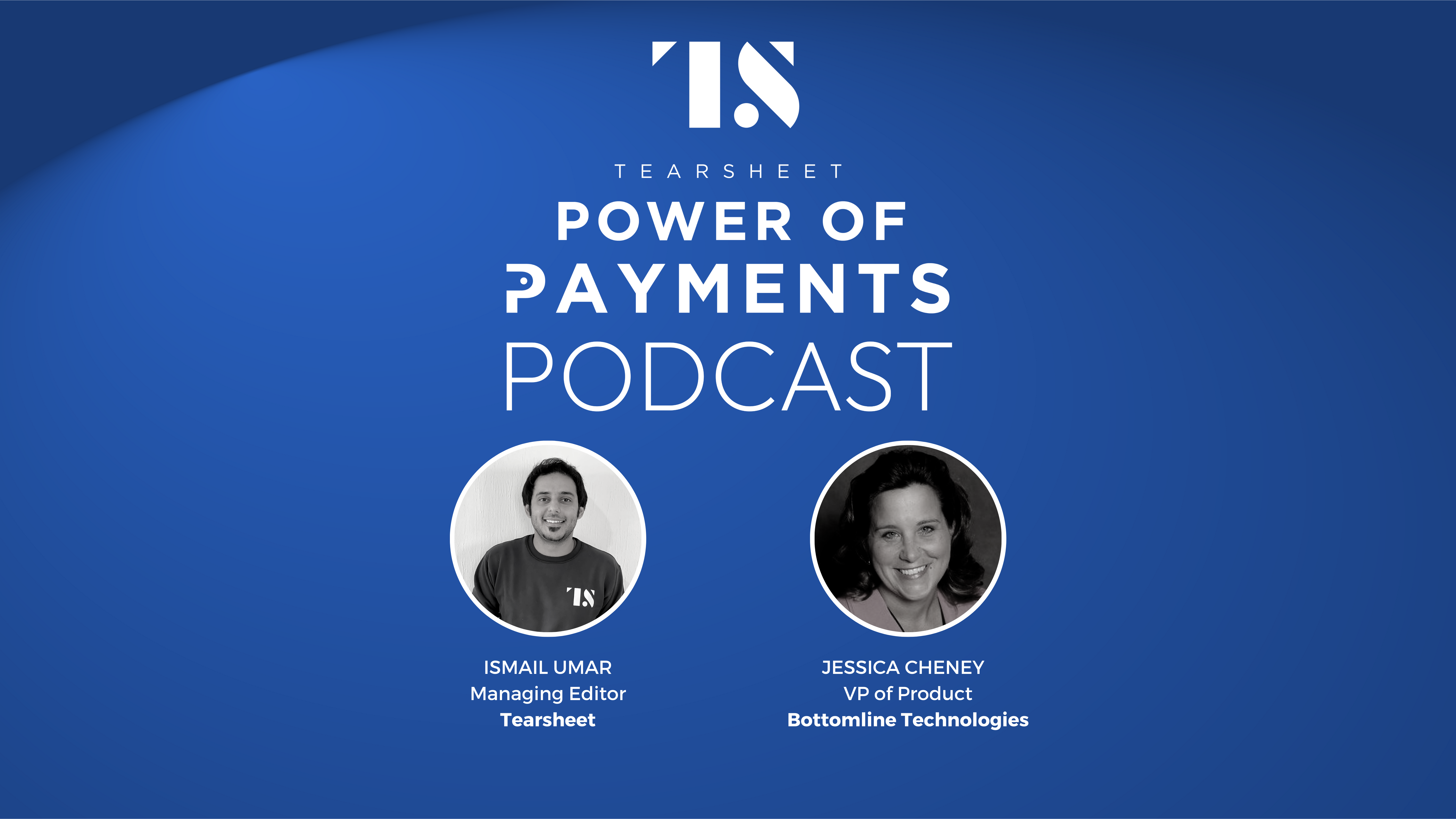Payments, Power of Payments Podcast
Power of Payments Ep. 24: Talking FedNow and real-time payments with Bottomline’s Jessica Cheney
- Jessica Cheney, VP of Product – Digital Banking Solutions at Bottomline Technologies, joins host Ismail Umar on this week’s podcast.
- She discusses the current state of adoption of real-time payments in the US, and how the launch of FedNow is going to impact the banking industry.










